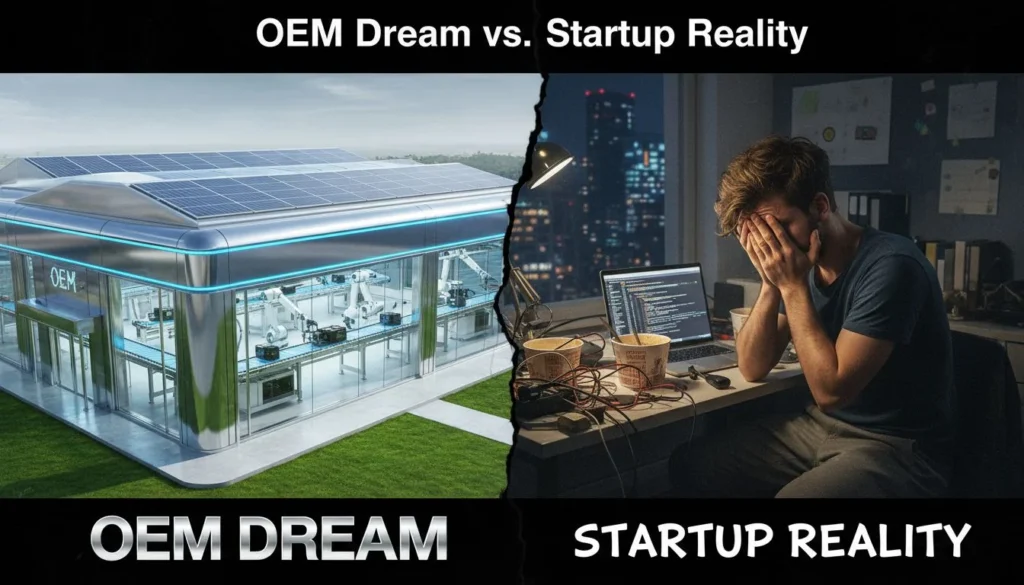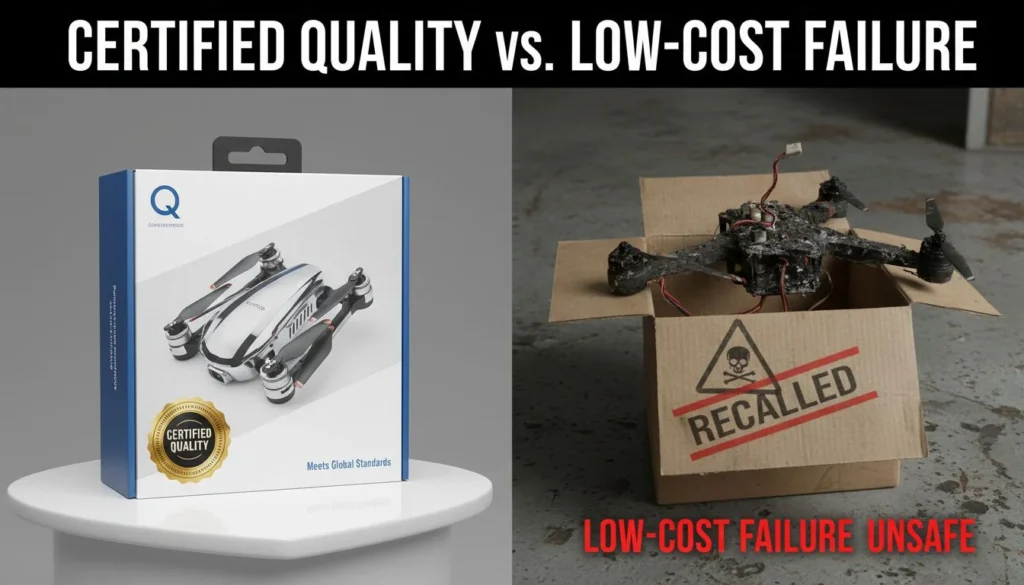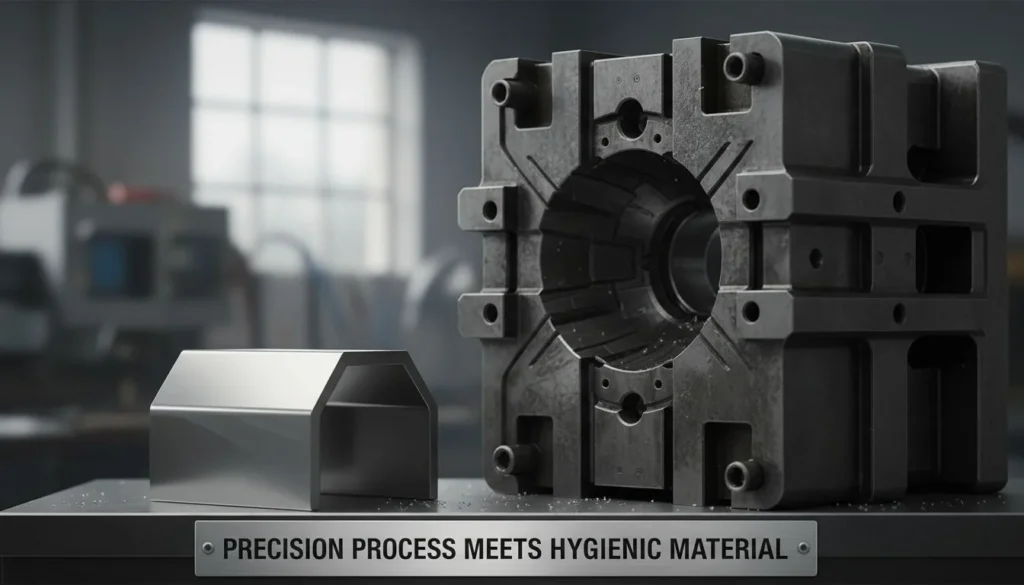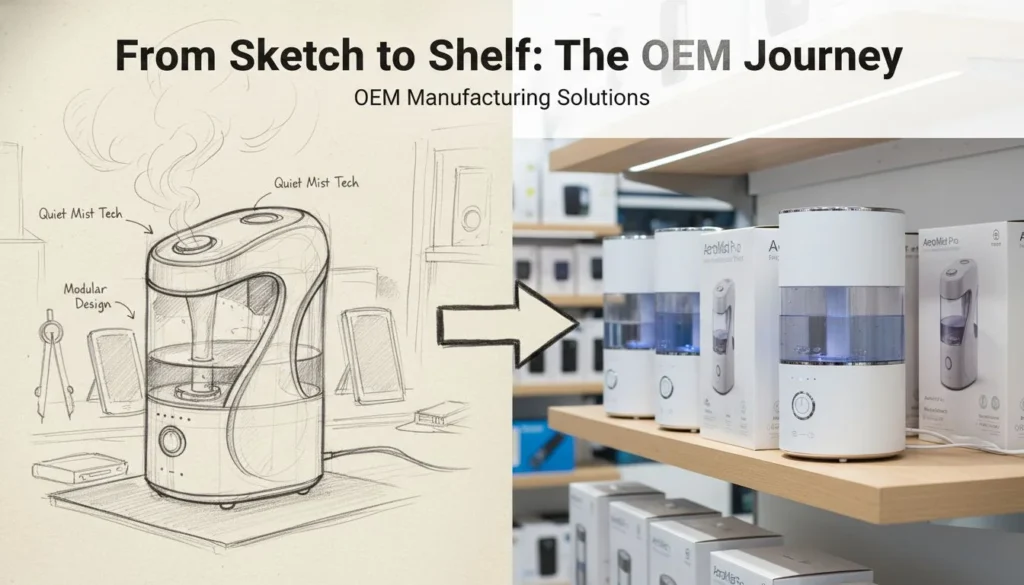In today's health-conscious marketplace, indoor air quality solutions have evolved from luxury items to essential investments. With the air purifier market projected to reach $20.8 billion by 2030 and the humidifier market expected to grow from $3.8 billion in 2025 to over $7 billion by 20351, B2B buyers and online sellers face significant opportunities and challenges in navigating these complementary yet distinct product categories.
This guide provides five strategic insights to help you maximize success in the growing air quality market, with a focus on differentiation strategies that set this analysis apart from conventional approaches.
Understanding Health Benefits to Drive Sales
While both air purifiers and humidifiers contribute to indoor air quality, they address fundamentally different aspects of health and comfort. Understanding these distinctions is crucial for effective marketing and inventory decisions.
Очистители воздуха remove harmful particles from the air:
- Particulate matter (PM2.5 and PM10)
- Allergens like pollen and pet dander
- Bacteria and viruses
- Volatile organic compounds (VOCs)
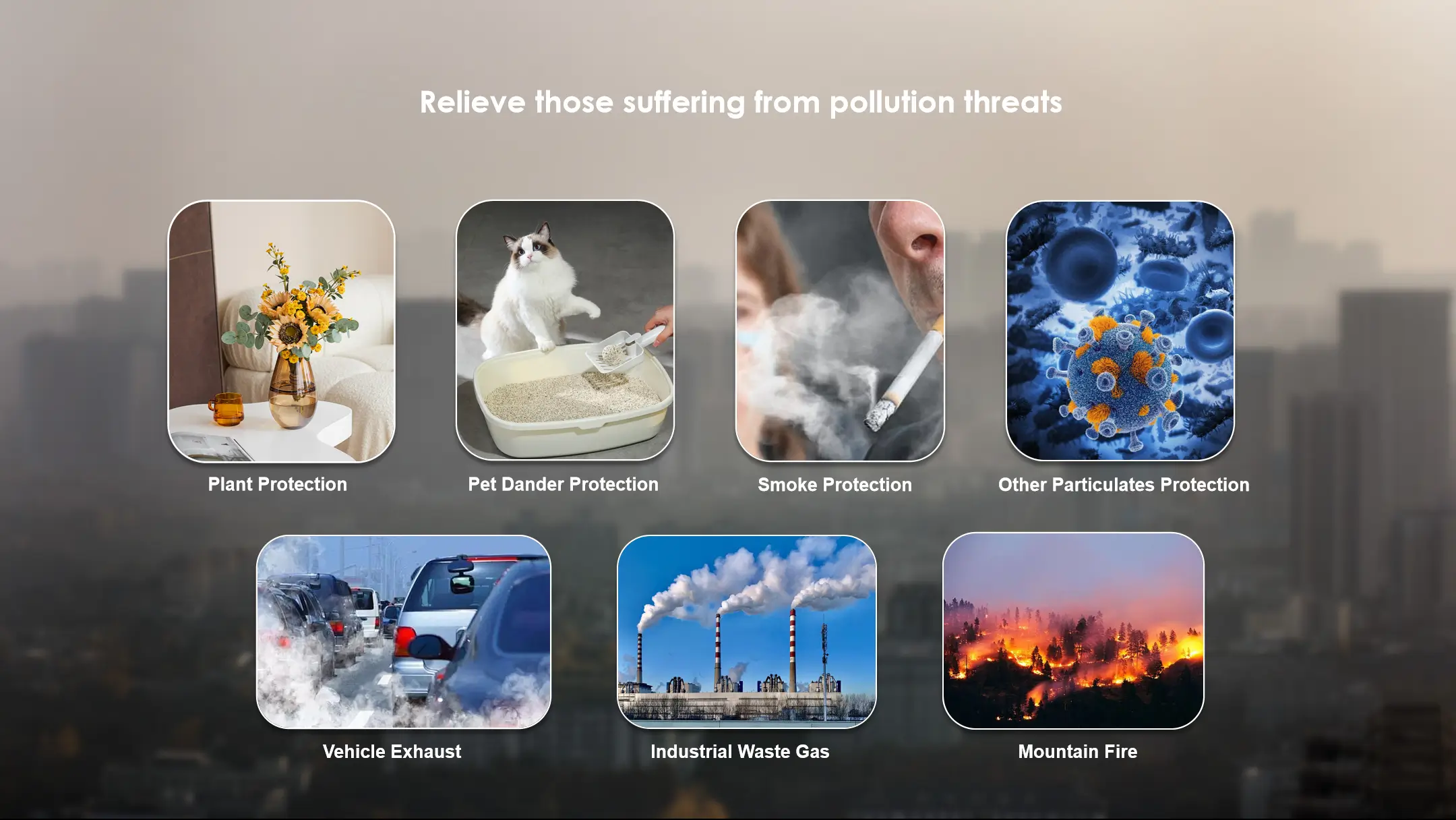
Увлажнители воздуха maintain optimal moisture levels (40-60% relative humidity):
- Prevent dryness of skin and respiratory passages
- Create conditions less favorable for certain airborne pathogens
- Reduce static electricity
- Improve overall comfort in dry environments
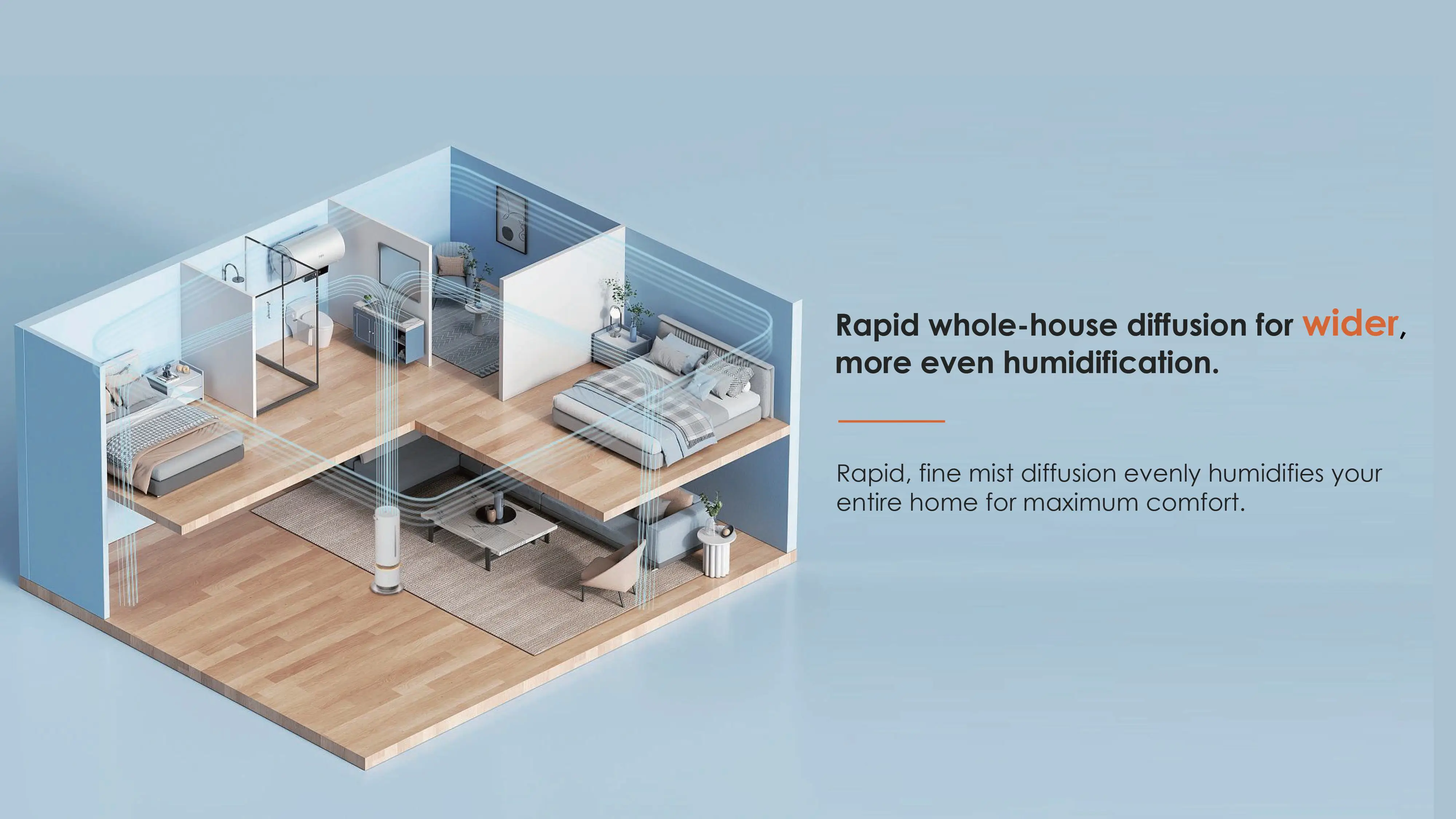
This comparative table highlights the different health concerns addressed by each product:
| Health Concern | Air Purifier Impact | Humidifier Impact | Market Opportunity |
|---|---|---|---|
| Аллергия | High: Removes allergens | Moderate: Eases symptoms | Очень высокий |
| Астма | High: Eliminates triggers | Moderate: Prevents airway irritation | Высокий |
| Dry Skin | Low: Minimal direct impact | Very High: Directly addresses cause | Высокий |
| Sleep Quality | Moderate: Reduces irritants | High: Creates optimal breathing conditions | Высокий |
Unlike traditional approaches that treat these products as interchangeable air quality solutions, successful B2B strategies recognize their complementary nature and position them accordingly.
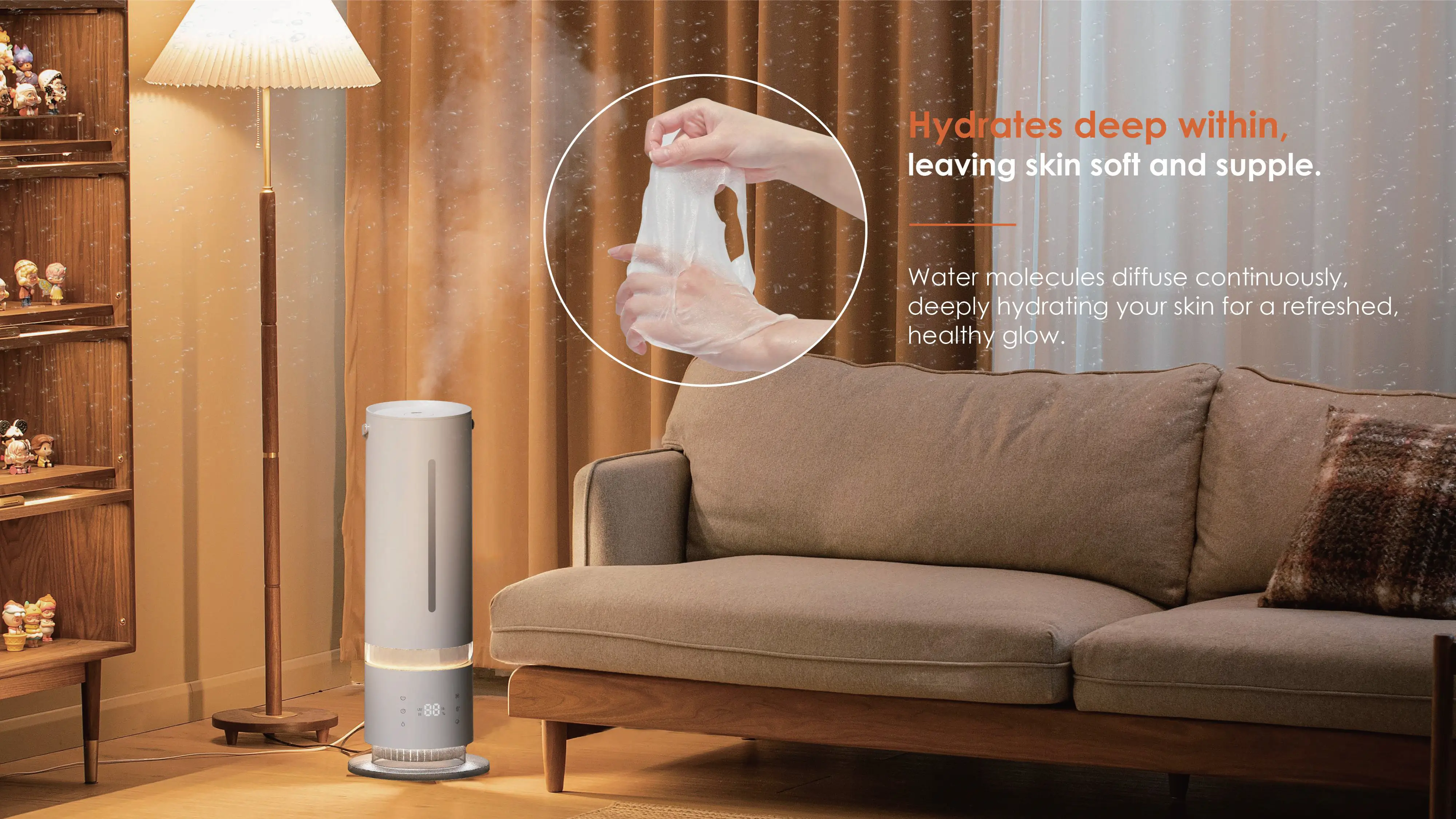
Effective Marketing Approaches:
-
Education-First Marketing2: Create content explaining the science behind air quality and health. A European distributor implementing this approach saw a 28% increase in conversion rates.
-
Segment-Specific Messaging: Tailor marketing to address specific health concerns for different consumer segments (parents, allergy sufferers, office managers).
-
Seasonal Health Campaigns: Align marketing with seasonal health concerns—air purifiers for spring allergies, humidifiers for winter dryness.
By positioning these products as targeted solutions for specific health concerns rather than generic air quality devices, B2B buyers can create more compelling value propositions that drive consumer engagement and sales.
Leveraging 2-in-1 Products for Market Differentiation
The growing demand for integrated air purifier and humidifier devices represents a strategic opportunity for product differentiation. Market research indicates this segment is growing at a CAGR of 8.7%3, outpacing standalone devices.
Key Advantages for B2B Buyers and Sellers:
- Эффективность использования пространства: Reduced shelf/warehouse space requirements; smaller footprint in living spaces
- Эффективность затрат: Higher margins on premium products; lower total cost than purchasing separate devices
- Simplified Marketing: Unified value proposition; easier to communicate benefits
- Consistent Performance: Coordinated operation between purification and humidification functions
Unlike conventional approaches that treat 2-in-1 devices as merely convenient alternatives, forward-thinking B2B strategies recognize them as platforms for meaningful differentiation through customization and branding.
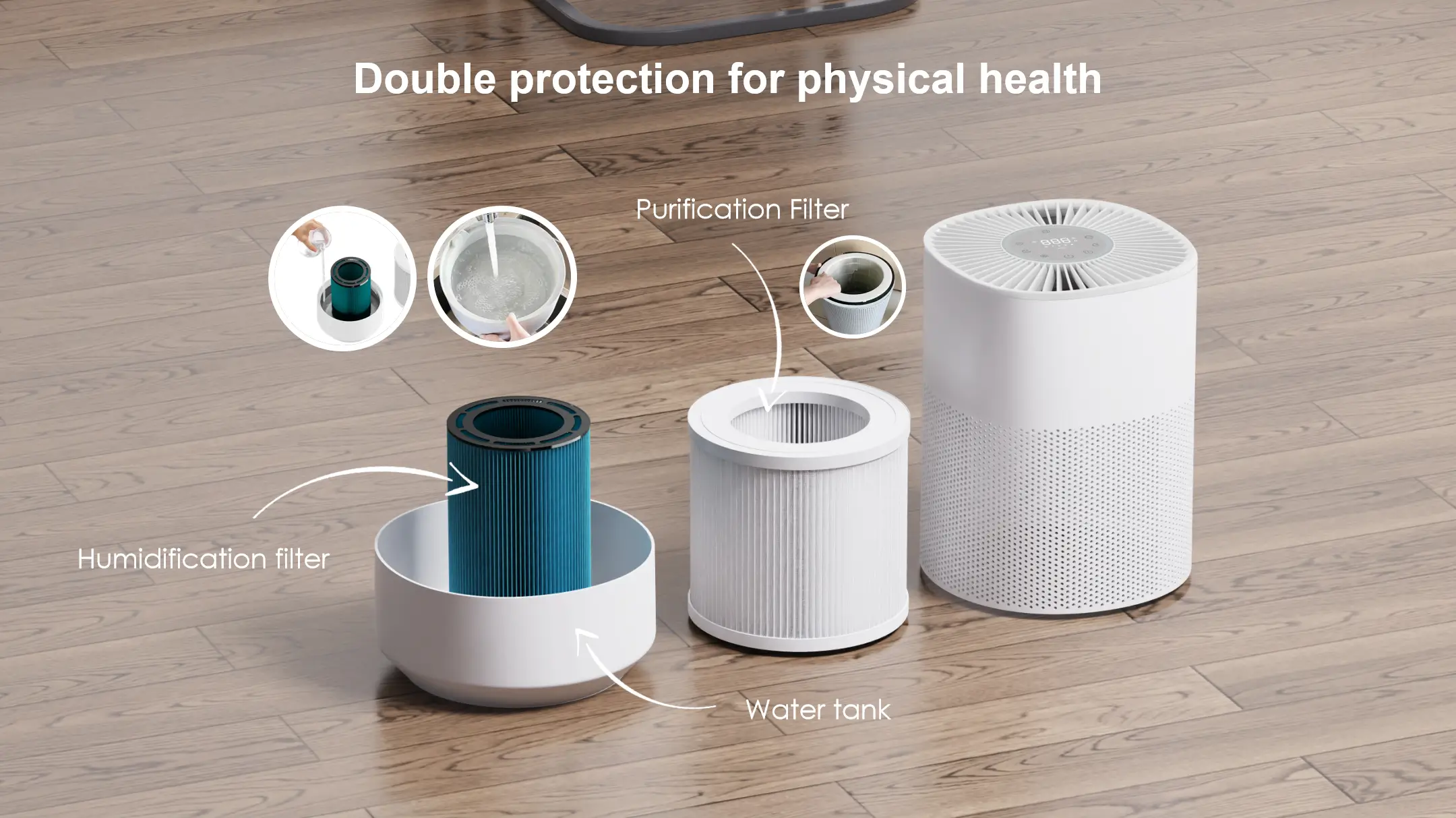
HisoAir 2-in-1 Air Purifier and Humidifier HA-M272
Customization Opportunities:
-
Feature Set Customization: Work with OEM manufacturers to specify unique combinations of filtration technologies, humidification methods, and smart capabilities tailored to specific market segments.
-
Design Differentiation: Develop distinctive aesthetics that reflect brand identity and target market preferences, moving beyond the clinical appearance common in the industry.
-
Value-Added Features: Incorporate unique capabilities like aroma diffusion, UV sterilization, or specialized sensors to address specific market needs.
This approach contrasts with the traditional focus on technical specifications by emphasizing the strategic business value of product customization as a competitive differentiator.
Selecting Reliable Suppliers for Sustainable Growth
While many analyses focus primarily on price when evaluating suppliers, successful B2B buyers recognize that supplier selection impacts every aspect of business performance. This more holistic approach considers five key criteria:
- Manufacturing Capabilities: Production capacity, technical expertise, and R&D investment
- Quality Control Systems: Comprehensive testing protocols and consistent quality standards
- Compliance Expertise: Familiarity with regional safety and performance standards
- Business Stability: Track record of consistent operation and financial health
- Communication Infrastructure: Responsive support and clear problem resolution processes
Certification Significance:
| Сертификация | Significance | Market Importance |
|---|---|---|
| CARB | Verifies compliance with California's strict air quality standards | Critical for US market |
| Energy Star | Certifies energy efficiency | Important for eco-conscious markets |
| AHAM Verifide | Independent performance testing verifying Clean Air Delivery Rate | Highly valued in North America |
| Маркировка CE | Compliance with European standards | Mandatory for European market |
This approach differs from conventional supplier evaluations by emphasizing long-term partnership value over transactional considerations. Established manufacturers like HisoAir offer additional advantages through:
- Innovation Leadership: Proprietary technologies that provide differentiation opportunities
- Manufacturing Excellence: Consistently lower defect rates and rigorous quality control
- Partnership Support: Marketing materials, technical training, and co-development opportunities
- Global Compliance Expertise: Navigating complex international regulations
By selecting suppliers based on these strategic criteria rather than simply comparing price points, B2B buyers can establish manufacturing partnerships that provide a foundation for sustainable business growth.
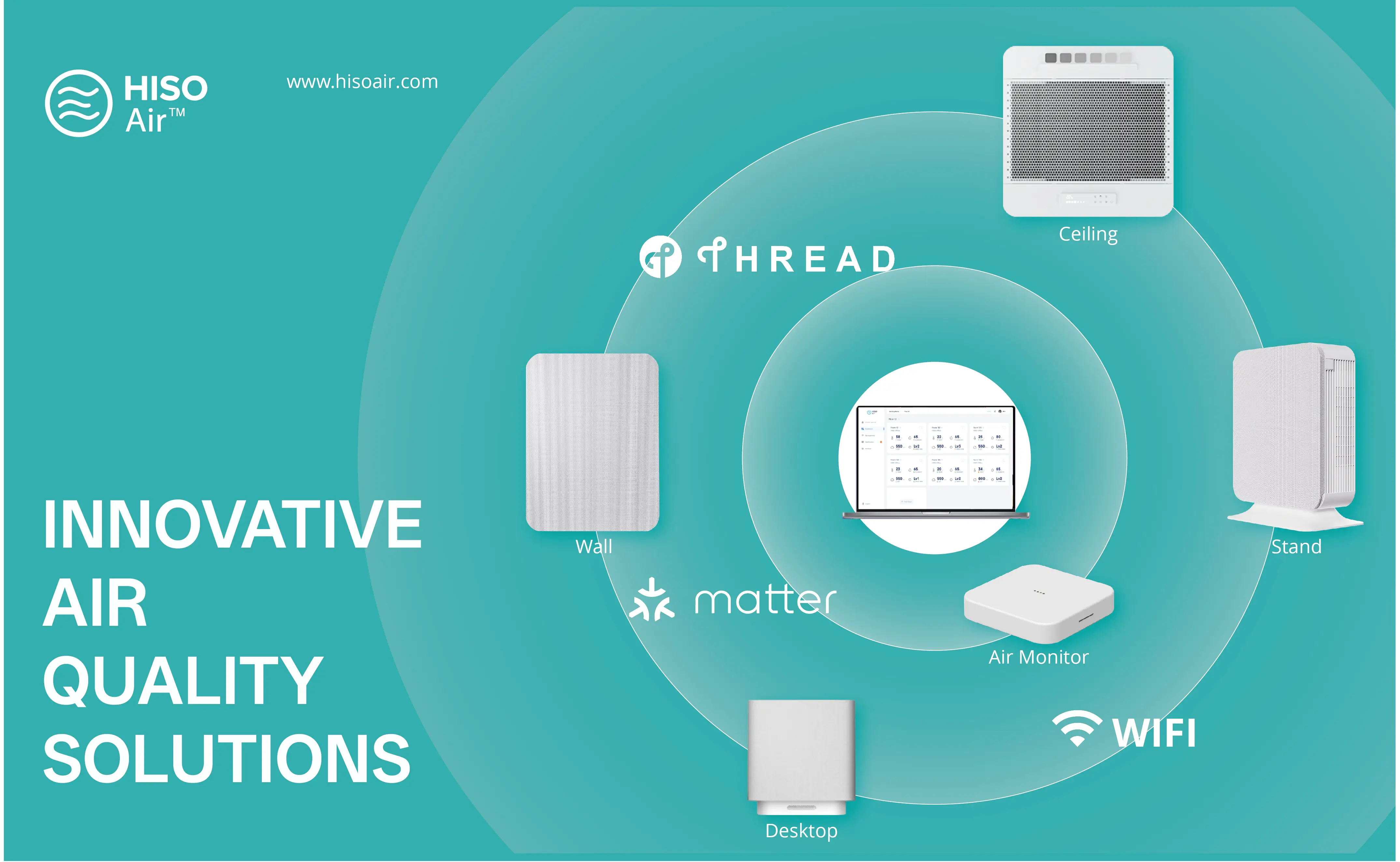
Optimizing Sales Strategies Through Seasonal Considerations
Air purifiers and humidifiers exhibit distinct seasonal demand patterns that significantly impact inventory requirements and marketing effectiveness. Understanding these patterns enables more sophisticated approaches than the typical seasonal discounting strategies.
Air Purifier Seasonal Demand:
- Spring (March-May): Highest demand period driven by allergy season
- Fall (September-October): Secondary peak due to ragweed allergies and mold
- Summer: Regional spikes in areas affected by wildfires
- Winter: Steady demand due to indoor air quality concerns
Humidifier Seasonal Demand:
- Winter (December-February): Primary demand period when heating reduces indoor humidity
- Fall (October-November): Rising demand as heating systems activate
- Spring/Summer: Lowest demand except in arid regions
Market data reveals that humidifier sales in North America typically increase by 200-300%4 during October through February compared to summer months. This presents both challenges and opportunities for strategic B2B procurement.
Advanced Seasonal Strategies:
-
Counter-Cyclical Purchasing: Build inventory during off-peak seasons when manufacturing capacity is available and prices may be more favorable.
-
Seasonal Marketing Alignment: Develop season-specific promotional campaigns that address timely health concerns rather than generic product features.
-
Regional Differentiation: Create geography-specific strategies that account for climate variations rather than applying uniform seasonal approaches.
-
Data-Driven Refinement: Use sales data mining and weather correlation analysis to identify micro-trends within broader seasonal patterns.
This strategic approach transforms predictable seasonal fluctuations from a challenge into a competitive advantage, contrasting with conventional wisdom that treats seasonality as merely a planning constraint.
Gaining Competitive Edge Through Market Research
While many B2B buyers focus primarily on product specifications when analyzing competitors, a more strategic approach examines the underlying business models and positioning strategies of market leaders like Dyson and Levoit.
Dyson vs. Levoit: Contrasting Approaches
| Аспект | Dyson Approach | Levoit Approach | Strategic Implication |
|---|---|---|---|
| Design Philosophy | Distinctive, visually striking | Practical, unobtrusive | Multiple valid design approaches exist |
| Price Positioning | Premium ($400-700) | Mid-market ($100-300) | Significant mid-premium gap opportunity |
| Marketing Narrative | Engineering excellence | Practical benefits | Multiple valid narratives can succeed |
This analysis reveals that success isn't limited to a single approach—both premium innovation and accessible quality strategies can capture significant market share when executed consistently.
Key Features Driving Consumer Preference:
- Filtration Performance: True HEPA filtration, multi-stage systems, and specialized media for specific concerns
- Smart Features: App control, air quality monitoring, and voice assistant integration
- Design Elements: Quiet operation, intuitive controls, and aesthetic integration with home décor
- Humidification Features: Large tank capacity, easy refilling, and precise humidity control
By understanding these demand drivers, B2B buyers can make more informed inventory decisions, and online sellers can highlight the most compelling features in their marketing.
Differentiation Strategies:
-
Targeted Segmentation: Focus on specific demographics, health concerns, or design preferences rather than competing across the entire market.
-
Value Chain Innovation: Explore subscription models, bundled solutions, or service integration rather than competing solely on product features.
-
Marketing Distinction: Develop unique positioning through transparency leadership, sustainability narratives, or lifestyle integration.
This approach contrasts with conventional competitive analysis by focusing on identifying specific market opportunities rather than simply benchmarking against competitors.
Conclusion: A Differentiated Approach to Air Quality Products
The air purifier and humidifier market offers significant opportunities for B2B buyers and online sellers who approach it with strategic insight. By understanding the distinct value propositions of these complementary product categories and implementing the strategies outlined in this guide, you can establish a strong position in this growing market.
Unlike traditional approaches that focus primarily on technical specifications or price comparisons, this analysis emphasizes:
- The distinct health benefits of each product category and how to leverage them in marketing
- The strategic value of 2-in-1 products as platforms for differentiation
- The long-term impact of supplier selection on business performance
- The opportunity to transform seasonal patterns into competitive advantages
- The importance of identifying specific market opportunities through competitive analysis
By applying these insights to your business strategy, you can navigate the complexities of the air quality market and maximize your success in 2025 and beyond.
-
The global humidifier market is projected to grow from $3.8 billion in 2025 to over $7 billion by 2035. ↩
-
Educational content marketing approaches have shown significant improvements in conversion rates across the home appliance industry. ↩
-
The global market for 2-in-1 air purifier and humidifier devices is growing at a CAGR of 8.7%. ↩
-
Market data reveals that humidifier sales in North America typically increase by 200-300% during winter months. ↩


